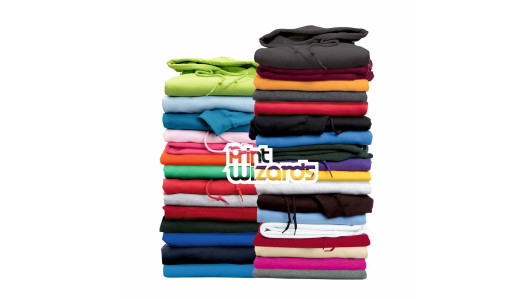The secrets behind good quality workwear
Published: Mon 20 Nov 2023

The secret behind good quality workwear involves a combination of factors that prioritize functionality, durability, comfort, and safety. Here are key elements to consider when aiming for high-quality workwear:
-
Material Selection:
- Choose fabrics that are durable, breathable, and resistant to wear and tear. Common materials for workwear include cotton, polyester, and blends that provide a balance of comfort and strength.
-
Comfort and Fit:
- Workwear should provide a comfortable fit to allow ease of movement. Consider ergonomic designs, stretch panels, and adjustable features to accommodate different body shapes and sizes.
-
Durability:
- Opt for reinforced stitching and robust construction. High-stress areas such as seams and pockets should be reinforced to withstand repeated use and washing.
-
Functionality:
- Design workwear with functionality in mind. Include practical features such as multiple pockets for tools, loops for hanging equipment, and easy-to-use closures (e.g., zippers, buttons, or snaps).
-
Safety Standards:
- Ensure that workwear complies with relevant safety standards for the specific industry. This may involve incorporating reflective materials, fire-resistant fabrics, or other safety features based on the work environment.
-
Weather Resistance:
- Consider the environmental conditions in which the workwear will be used. Include features such as water resistance, insulation, or ventilation to accommodate different weather conditions.
-
Easy Care and Maintenance:
- Choose fabrics that are easy to clean and maintain. Workwear should withstand regular washing and cleaning without losing color or structural integrity.
-
Branding and Customization:
- Allow for customization with company logos or employee names. This not only adds a professional touch but also helps in identifying team members.
-
Compliance with Industry Regulations:
- Ensure that the workwear complies with any specific industry regulations or standards. This is particularly important in industries where safety requirements are stringent.
-
Employee Feedback:
- Solicit feedback from the end-users, the employees who will be wearing the workwear. This input can be valuable in identifying any issues with comfort, fit, or functionality.
-
Ethical and Sustainable Practices:
- Consider ethical sourcing of materials and sustainable manufacturing practices. Many consumers and businesses are increasingly concerned about the environmental impact of their choices.
-
Longevity and Investment:
- While the upfront cost might be a consideration, view workwear as an investment. Higher-quality materials and construction may cost more initially but can save money in the long run by reducing the need for frequent replacements.
-
Supplier Reputation:
- Choose reputable suppliers or manufacturers known for producing high-quality workwear. Research their reputation, read reviews, and check if they have a history of providing durable and reliable products.
By considering these factors and paying attention to the specific needs of the work environment, you can ensure that the workwear not only meets industry standards but also exceeds the expectations of those who wear it.
